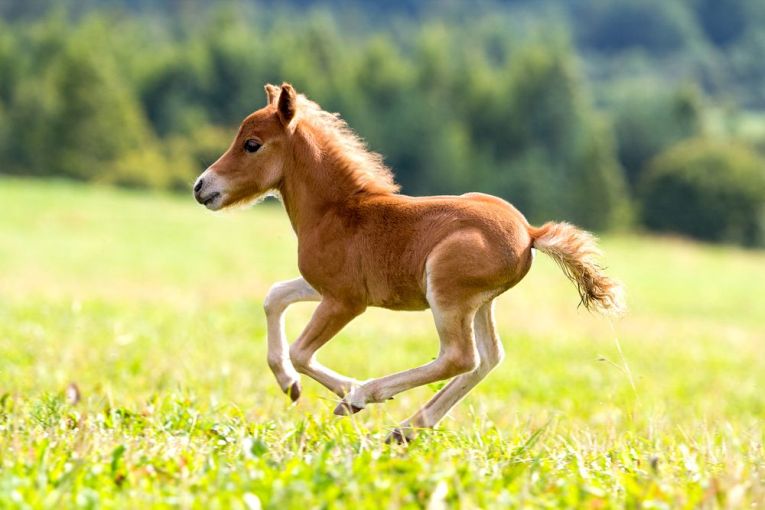The early Middle Pleistocene was the period in which wild horses truly roamed in North America. The discovery of a fossil bone in permafrost near Dawson City in Alaska lead to the scraping of some DNA and what turned out to be the oldest genome scanned so far.
As the equine genera have a rich fossil portfolio, this new genetic feat is well-deserved. We can place the Equus ferus caballus exactly now by comparing the new genome with the late Pleistocene horse of 43kya and Przewalski's horse with 5 domestic breeds and the donkey.
The newbie dates from between 560-780 kya, and because of the data it reveals, the situation much further back can be calculated more accurately. Between 4 and 4.5 mya, the horse, donkey and zebra ancestor originated. After that time, horse species' populations must have fluctuated as the climate changed so drastically many times.
The two species of modern horse evolved only 38-72 kya, with the surprise that Przewalski's horse seems "clean" of any inter-breeding with the other Equus! We can even spot where human artificial selection caused a lowering of variation in 29 regions of the modern horse genome. This achievement again is because Przewalski's genome is so different from its cousin.
The collaborators, with lead author, Ludovico Orlando, of the Natural History Museum of Denmark, in the landmark paper published in Nature, hail from Copenhagen to California, with many countries represented.
They have achieved a genetic and evolutionary breakthrough that will take us next perhaps to the human evolution argument again. Humans evolved like many of the later mammals at the same time as horses. The only trouble is that we have very few fossils of early hominids and no tissues are preserved for that length of time without the permafrost's help!










